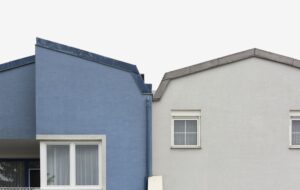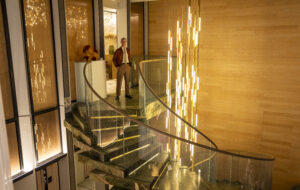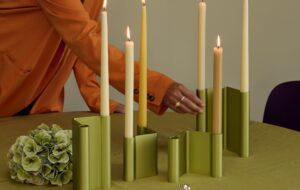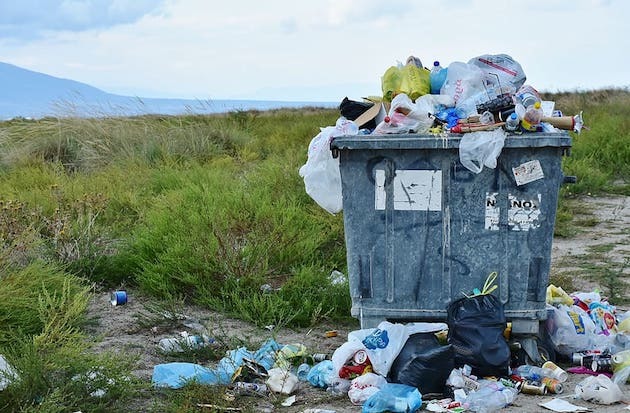
Circular economies imagine a future where users become the custodians of our objects, not the owners of them
By putting forward a new model based on sharing, return and repair, and recycling, the circular economy provides a framework for manufacturing and services that aims to retain value, rather than perpetuate a system of disposable goods.
Circular economy models mimic living systems, where all materials are tied up in a constant cycle of decomposition and renewal. The aim is to achieve a closed-loop system that has no waste material or polluting outputs. Raw materials never lose their value and continue to flow through cycles of use, and renewable energy sources are used.
Currently most of the world’s economy is built on linear models, a model for production that the Ellen MacArthur Foundation refer to as “take, make, dispose”. This long-established system creates huge volumes of waste byproducts and also results in the eventual disposal and replacement of the product itself. A mobile phone, for example, is inevitably tossed away in favour of a newer model.
Read more: Meet the graduates creating personal electronics to be repaired and reused
Examples of where the circular economy could be used, and in some cases is already being used is with renting or “licensing” transport, clothing and furniture where the end user is seen as a temporary custodian of the object rather than an owner who would discard the object when the requirement changes.
The climate crisis was top of everyone’s minds in 2019. From Greta Thunberg’s Nobel nomination, to Extinction Rebellion’s London occupation and the many marches across the world in September’s Global Climate Strike, people started to take visible action to draw attention to the urgency of the problem. Circular economies have also been increasingly discussed as future-thinking methods of manufacturing and operating, including at 100% Design on Icon’s panel on the subject. The circular movement is an economic system that strives to eliminate waste and pollution; a necessary remedy for the images of a world choking on trash.
Circular economies not only aim to minimise unwanted outputs, they also use techniques such as sharing, repairing, recycling and reusing as a means to create a closed-loop system that takes the strain off natural resources and material inputs. Items, even at the scale of buildings, are designed to be disassembled and renewed. The circular model is therefore much more sustainable than existing linear models because of the lower demand on resources and the use of renewable energies.
These principles can be applied across design sectors, including fashion, architecture and construction, product design and transport design.
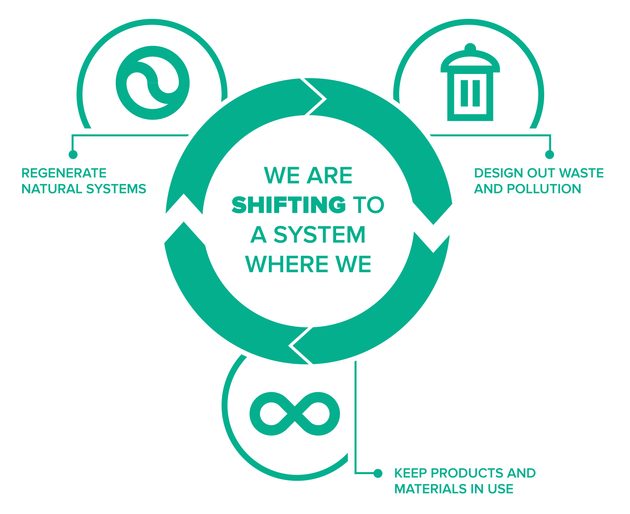 Circular economy infographic courtesy of the Ellen Macarthur Foundation
Circular economy infographic courtesy of the Ellen Macarthur Foundation
A report commissioned by the Ellen MacArthur Foundation on the circular economy was was published in 2012. It framed the potential advantages and business opportunities that could result when transitioning over to a circular model and featured case studies of business that had already benefited within the EU.
As well as indicating the advantages, the report maps a potential journey for businesses to a circular way of being with suggested new business models, skills needed and cross-sector collaborations. It also points out that these more sustainable business models do not mean less quality for consumers or less profit for commercial companies.
More on this: Why the Cork House is so revolutionary
In 2018 Ellen MacArthur Foundation partnered with the World Economic Forum, World Resources Institute, Philips, United Nations Environment Programme, and over 40 other partners to launch the Platform for Accelerating the Circular Economy (PACE) to assist circular economy projects to scale up, especially in emerging economies. PACE provides models for financing and connecting public and private sector initiatives. IKEA, Coca Cola and Alphabet Inc. are amongst PACE’s many global members. IKEA has even pledged to become a circular business by 2030.
A few examples of circular economy business are Circos, Fairphone, Cork House and Cupclub. Circos is a Danish brand that leases organic maternity and children’s wear, saving mothers from buying new as their bellies or their babies grow. The Fairphone is a modular cellphone that strives to bring sustainability to the electronics industry with a repairable and customisable smartphone.
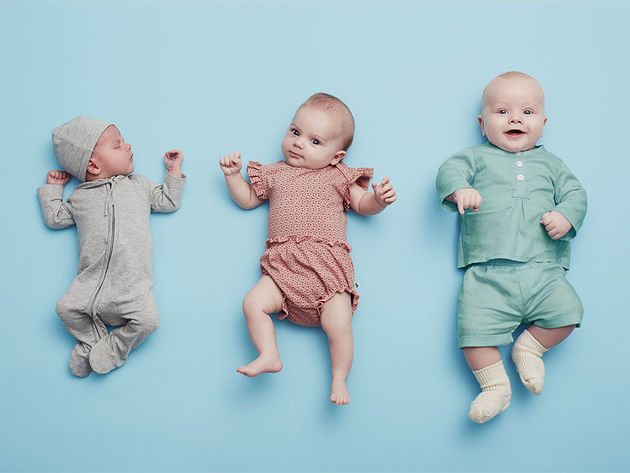 Circos maternity and children’s clothing offers rental options for organic garments
Circos maternity and children’s clothing offers rental options for organic garments
Cork House, a 2019 Stirling Prize nominated project, by Barnett Howland, is a house unit made almost entirely of plant-based waste that is designed to last for 100 years, during which it can be disassembled and reformed or simply left to compose. Cupclub is a reusable and returnable takeaway coffee cup based on the old milk bottle system, where a user effectively “borrows” a cup and returns it to another registered business. Cupclub’s aim is to make on-the-go drinks more sustainable and work towards an ultimate goal of eliminating single-use plastic.
Plastic production only began in the middle of the twentieth century and now the world is now saturated with plastic. Less than 10 percent of plastic is recycled, whereas nearly 80 percent is dumped in waste sites or simply into the environment. Plastic manufacturing continues to grow rapidly. Awareness of the impact of plastics and is also on the rise, as is the proliferation of zero-waste supermarkets and recylced materials in design.
The fast fashion industry also continues to increase in size, pushing overconsumption of cheap garments rather than the acquisition of fewer, higher quality pieces that are designed to withstand several repairs.
Patagonia, Eileen Fisher and Stella McCartney have led the way for the fashion industry moving towards a circular economy. Eileen Fisher’s Tiny Factory allows customers to bring their used clothing to be reworked and resold.
Ultimately, the circular economy pushes for designers to understand the afterlife of the products that they design. It could just be the way to a more sustainable future.


